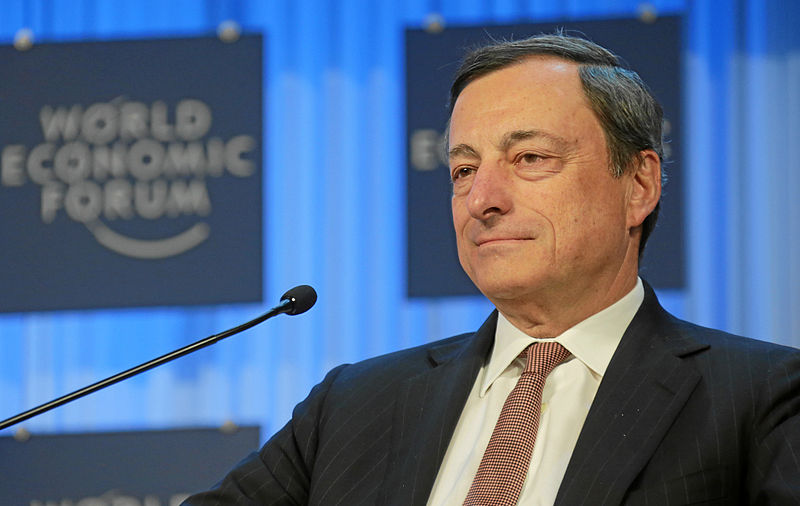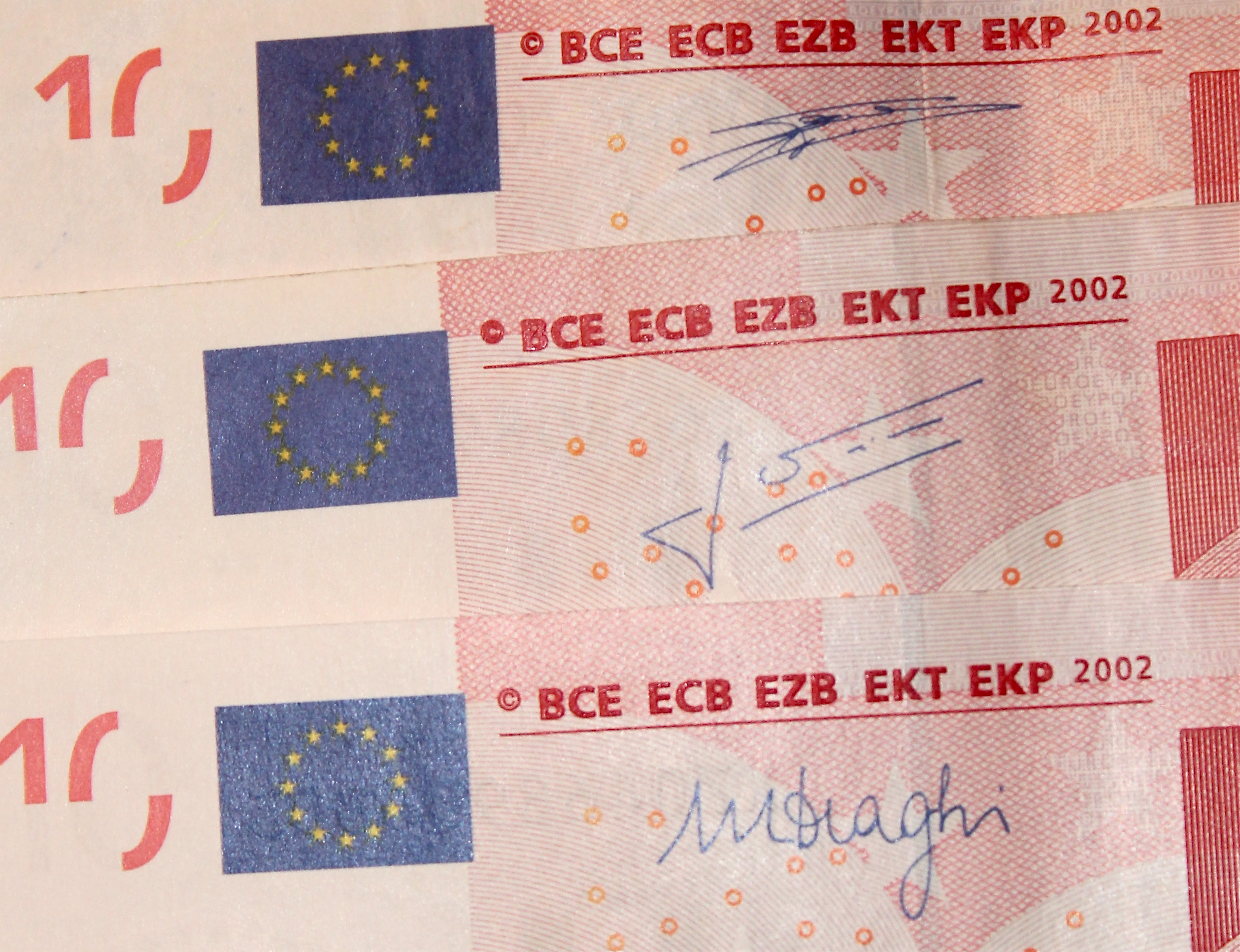After the injection of capital announced by Mario Draghi, President of the European Central Bank (ECB), I stopped to reexamine what I knew about monetary policy and what I believe I know now. What conclusion did I reach? At first I thought, “This is not the monetary policy that I studied and have taught for so many years…” But, after a moment of anxiety, I realized it is not all that different.

How we had always defined monetary policy
The purpose of monetary policy is to manage the amount of money and credit in an economy through the central bank, by controlling a very short-term interest rate. Years ago, the focus was on controlling the amount of money; then interest rate adjustments; now, the ECB is concerned about credit, or more specifically the lack thereof.
How did monetary policy work in the 1990s? Families and businesses needed credit, so they went to banks. The banks set out to increase their volume of credit, for which they needed liquidity: reserves (deposits) that banks kept at the central bank. And they need those reserves for at least two reasons: first, the central bank requires it (although this mandate does not exist in some countries, and it is a very small amount in others); and second, the banks use those reserves for their collections and payments between financial institutions and, very importantly, for borrowing or lending to other banks.
As such, the central bank had an instrument to control the process of banks granting loans, an important process, as it was driven by spurring or slowing consumption and investment, gross domestic product growth, controlling inflation and the appreciation or depreciation of its currency, as well as the financial health of banks.
The instrument available to the central bank was that of granting more or less credit to the banks, in order for them to increase or diminish their liquidity and, therefore, their ability to lend to the private sector.
Why did it stop working?
This system worked well for many years, but failed at the outset of the financial crisis:
- There was no “solvent demand for credit” from the sector: potential borrowers seemed too risky to banks. This prompted tougher standards.
- The banks saw their financing get interrupted. Up until then they had been financed with loans from other financial institutions, but now those loans were no longer there: creditors did not know where banks stood, and, later, they would discover it (compounding things further!).
- Quite a few banks were in limbo: too many loans their customers could not pay back while the value of their assets dropped. Some financial institutions were in bankruptcy, or were nearing that point.
- The banks, faced with a sea of risks, preferred to heavily curtail their credit offerings, which ultimately worsened the recession. They kept the liquidity they received from the central bank in the form of deposits in the central bank or as public debt.

The reaction: What is the “new” monetary policy like?
In light of this situation, the monetary authorities took measures. Seeing the reduced solvent demand for credit, the ECB offered abundant capital, on the condition that they would lend to the private sector. Economic recovery will certainly help that improvement in credit, but everything will depend on how comfortable banks feel about their own standing and that of their potential customers.
The BCE will loan €400 billion, over the long term (four years) and do it cheap (the normal interest rate is currently 0.15%, and in conditions of emergency, 0.40%, and for that extraordinary operation it will be 0.25%), trying to also keep interest rates steady. And to “encourage” them to move this money, they will charge them 0.1% to deposit it in the ECB.
What would happen if, despite all these incentives, the banks continued holding off on giving credit? If credit is not available, there is a rather drastic solution: bypass banks and lend directly to markets and other entities , through the purchase of public debt and private debt collateralized through loans to companies, especially small and medium-sized enterprises. This approach was already taken by the US Federal Reserve.
The central banks have been more or less aggressive in their reaction to the credit crunch. The results could be spectacular or perhaps satisfactory… or even catastrophic, although, at least for now, we have reason for hope.
Antonio Argandoña is Emeritus Professor of Economics and holder of the “la Caixa” Chair of Corporate Social Responsibility and Corporate Governance at IESE. He holds a Ph.D. in Economics and Management from the University of Barcelona. Professor Argandoña is the author of the blog Economía, Ética y RSE.


